In recent years, the demand for sustainable and environmentally friendly food options has grown exponentially. Responding to this trend, the caviar industry has developed a groundbreaking innovation – black caviar turned green. This article explores the process behind this transformation and the potential impact it could have on the market. 1. Understanding the Environmental Concerns: Traditional caviar production is associated with several environmental concerns. The fishing and harvesting of sturgeon, the fish from which black caviar is derived, often leads to overfishing, habitat destruction, and a decline in sturgeon populations. To address these concerns, scientists and entrepreneurs have been seeking alternative and sustainable solutions.
.
 2. The Technology Behind Black Caviar’s Green Transformation: The transformation of black caviar into a sustainable and eco-friendly product involves several key processes. Firstly, synthetic biology techniques are used to replicate the genetic material of sturgeon to create fish-free caviar. This lab-grown caviar is then infused with natural, plant-based ingredients that replicate the luxurious texture and flavor of traditional black caviar. 3. Advantages of Green Caviar: The emergence of green caviar offers numerous benefits to consumers, producers, and the environment. First and foremost, it addresses the ethical concerns associated with traditional caviar production by eliminating the need for extracting eggs from sturgeon. Additionally, it provides a reliable and consistent source of caviar, alleviating the pressure on wild sturgeon populations.
2. The Technology Behind Black Caviar’s Green Transformation: The transformation of black caviar into a sustainable and eco-friendly product involves several key processes. Firstly, synthetic biology techniques are used to replicate the genetic material of sturgeon to create fish-free caviar. This lab-grown caviar is then infused with natural, plant-based ingredients that replicate the luxurious texture and flavor of traditional black caviar. 3. Advantages of Green Caviar: The emergence of green caviar offers numerous benefits to consumers, producers, and the environment. First and foremost, it addresses the ethical concerns associated with traditional caviar production by eliminating the need for extracting eggs from sturgeon. Additionally, it provides a reliable and consistent source of caviar, alleviating the pressure on wild sturgeon populations.
..
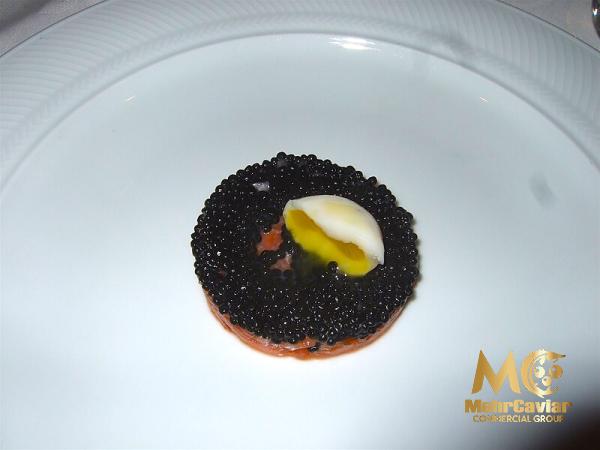 Moreover, green caviar’s plant-based composition makes it suitable for vegetarians and vegans, expanding its consumer base. 4. Market Potential and Consumer Response: The introduction of green caviar presents exciting opportunities for the culinary market. As customers increasingly prioritize sustainability, this eco-friendly alternative caviar offers a unique selling proposition. Chefs and food enthusiasts can now incorporate caviar into their dishes without compromising their sustainable values, opening up new avenues for creativity and taste exploration. While the market for green caviar is still in its early stages, initial consumer response has been positive, indicating the potential for significant growth. 5. Challenges and Future Outlook: Though green caviar presents a promising solution, there are still challenges to overcome.
Moreover, green caviar’s plant-based composition makes it suitable for vegetarians and vegans, expanding its consumer base. 4. Market Potential and Consumer Response: The introduction of green caviar presents exciting opportunities for the culinary market. As customers increasingly prioritize sustainability, this eco-friendly alternative caviar offers a unique selling proposition. Chefs and food enthusiasts can now incorporate caviar into their dishes without compromising their sustainable values, opening up new avenues for creativity and taste exploration. While the market for green caviar is still in its early stages, initial consumer response has been positive, indicating the potential for significant growth. 5. Challenges and Future Outlook: Though green caviar presents a promising solution, there are still challenges to overcome.
…
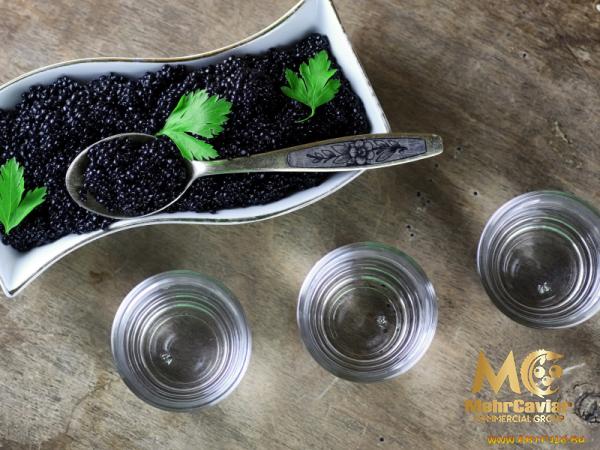 Scaling up production to meet growing demand, ensuring cost-effectiveness, and maintaining the high quality and taste of traditional caviar are all aspects that require further development. However, with advancing technologies and increasing ecological awareness, the outlook for black caviar turned green seems bright. Conclusion: The emergence of black caviar turned green represents a remarkable development in the sustainable food industry. This innovative approach offers a viable solution to the environmental concerns associated with traditional black caviar production while also providing consumers with an ethically responsible and delicious alternative. As the market evolves, it is crucial for stakeholders to collaborate, invest in research, and embrace this transformative change to drive the future of sustainable luxury food.
Scaling up production to meet growing demand, ensuring cost-effectiveness, and maintaining the high quality and taste of traditional caviar are all aspects that require further development. However, with advancing technologies and increasing ecological awareness, the outlook for black caviar turned green seems bright. Conclusion: The emergence of black caviar turned green represents a remarkable development in the sustainable food industry. This innovative approach offers a viable solution to the environmental concerns associated with traditional black caviar production while also providing consumers with an ethically responsible and delicious alternative. As the market evolves, it is crucial for stakeholders to collaborate, invest in research, and embrace this transformative change to drive the future of sustainable luxury food.


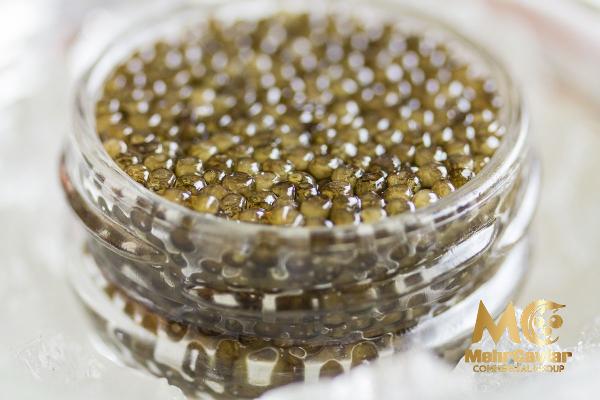

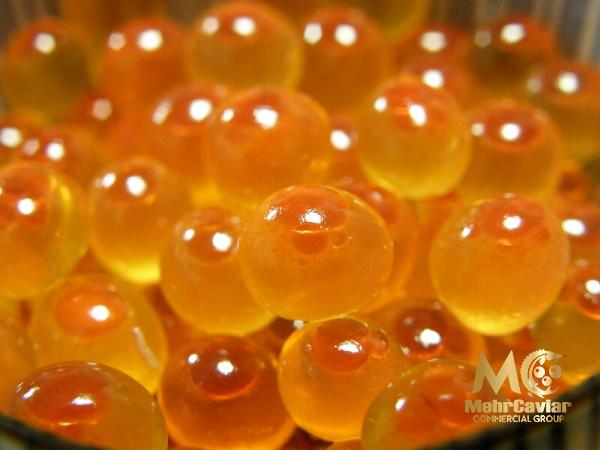


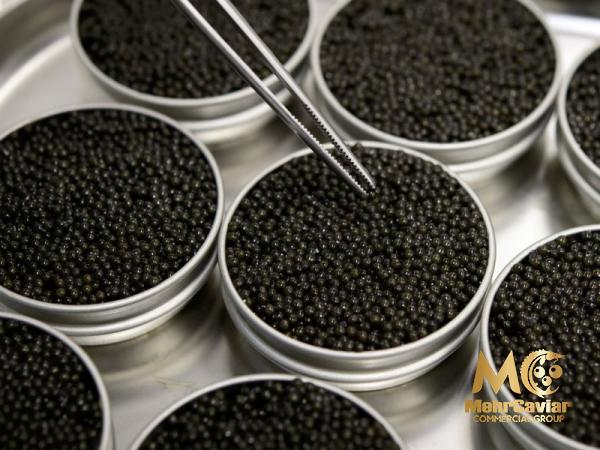
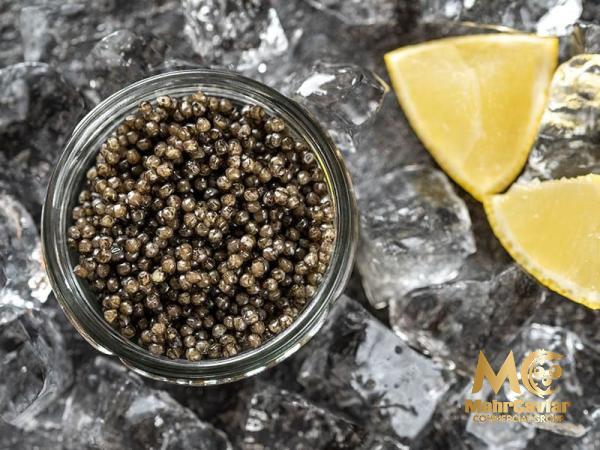
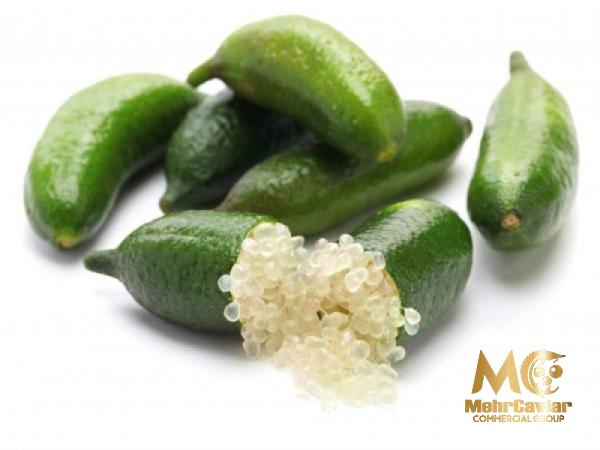
Your comment submitted.